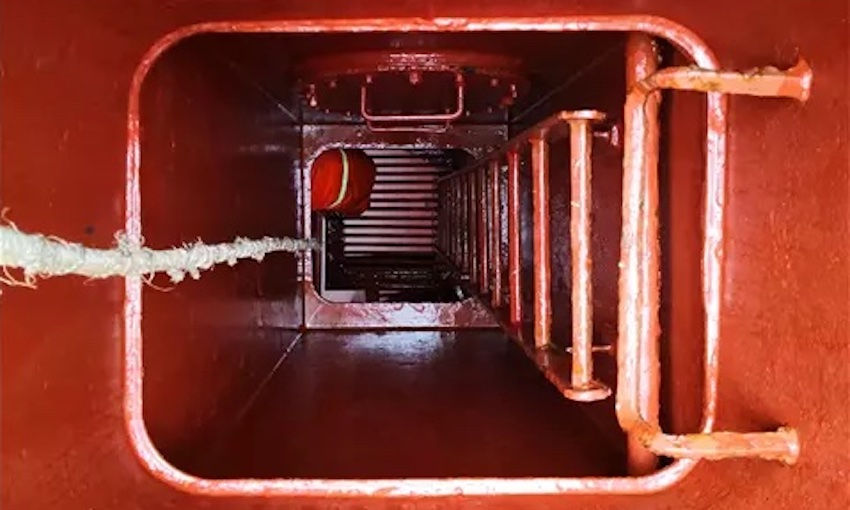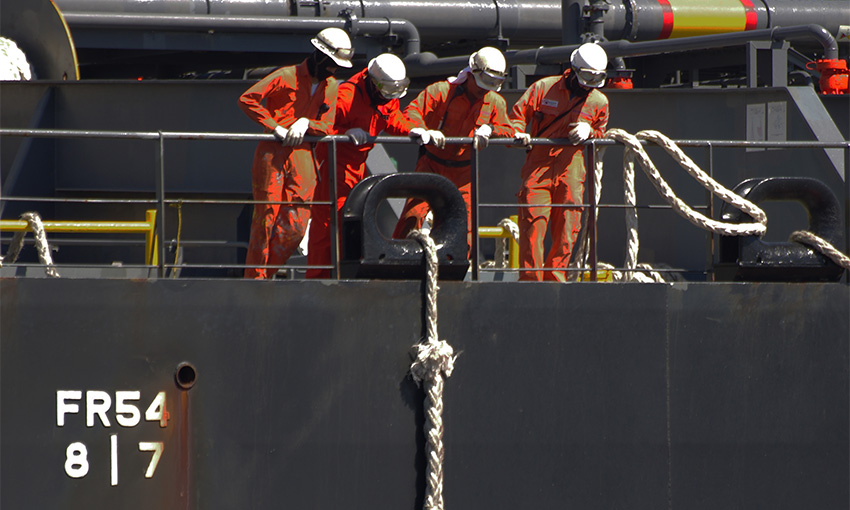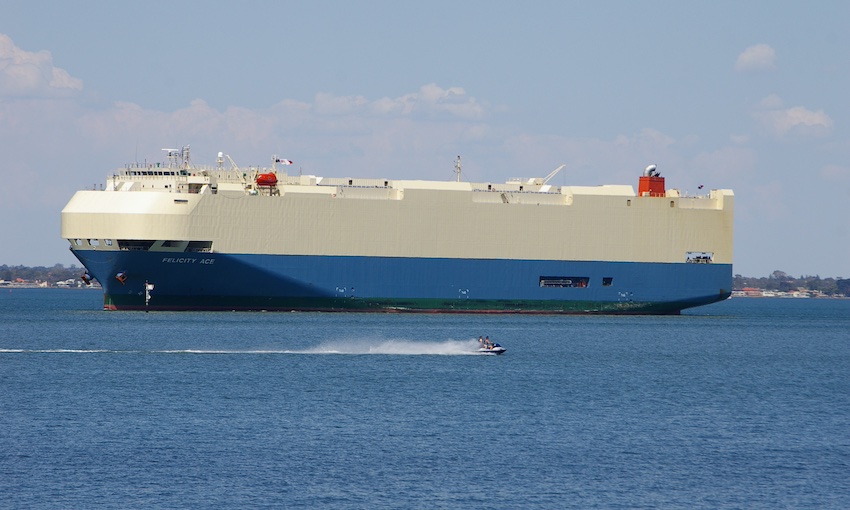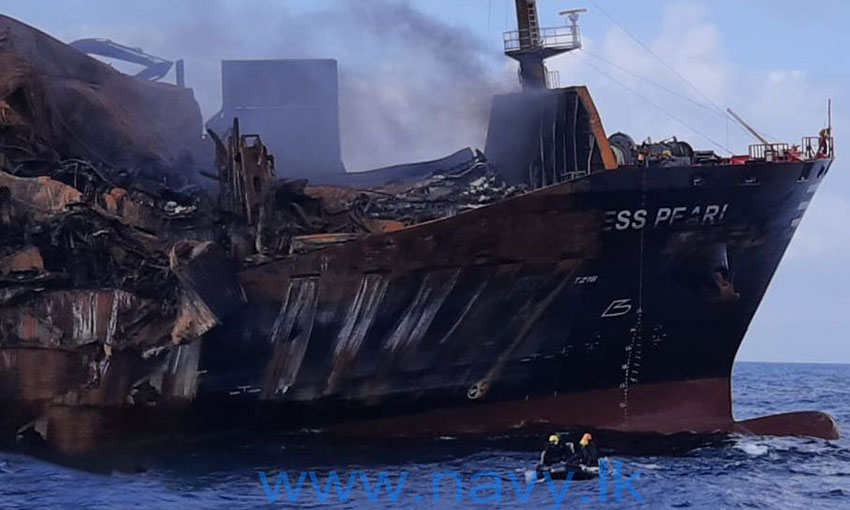TT CLUB has perceived a lack of understanding around the dangers of enclosed spaces on ships and throughout the wider supply chain.
According to the freight transport insurer, more than 60% of people killed in incidents related to confined and enclosed spaces are those attempting rescues.
TT Club said toxic gases produced by some cargoes as well as leakages, residual fumigants and other causes of a reduced oxygen environment are life-threatening.
But TT Club risk management director Peregrine Storrs-Fox said there is a “surprisingly high” lack of awareness around the hidden dangers, that may have fatal consequences.
“The key risk is that workers may not readily recognise spaces that could present danger,” Mr Storrs-Fox said.
“The cargo hold of a ship is a leading example, but containers and other cargo transport units pose similar risks; there may be a lack of knowledge of the cargo packed or whether fumigants have been used.
“Similarly, tanks units, whether a road barrel or tank container, certainly qualify as enclosed spaces.”
The insurer explained that the human body starts to shut down without sufficient oxygen, meaning rescue operations are time critical.
It said the main reason for reduced oxygen levels is the increased presence of other gases, which may arise from rusting of the ship’s structure or metal cargoes, oxidation of cargoes such as coal or the decomposition of biodegradable cargoes.
TT Club said each of these situations leads to the release of carbon dioxide and potentially other gases, simultaneously depleting the oxygen. Other hazards may be flammable or toxic vapours from leaking cargoes or leaking pipes or hoses.
It said the quick onset symptoms with no warning signs (coughing, breathlessness or nausea) often causes others to rush to the aid of the casualty, unaware of the reason for their collapse.
“The silent and invisible nature of this killer emphasises the importance of raising awareness of the risk,” Mr Storrs-Fox said.
“Developing and undertaking drills to practice rescues are crucial steps in mitigating the risks, as are a number of other strategies including risk assessments of working in potentially hazardous spaces, discouraging short cuts in work practices and testing, monitoring and venting air in confined areas.”
TT Club has compiled strategies that intend to mitigate the risk of confined and enclosed spaces.
For example, it recommends testing the air before entry, performing emergency drills and ensuring those inside and outside the space can communicate.





